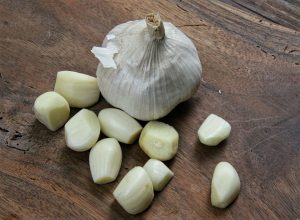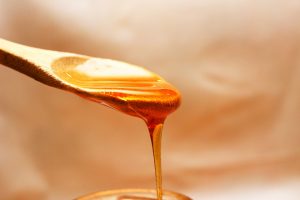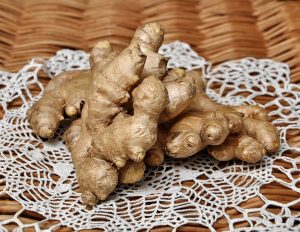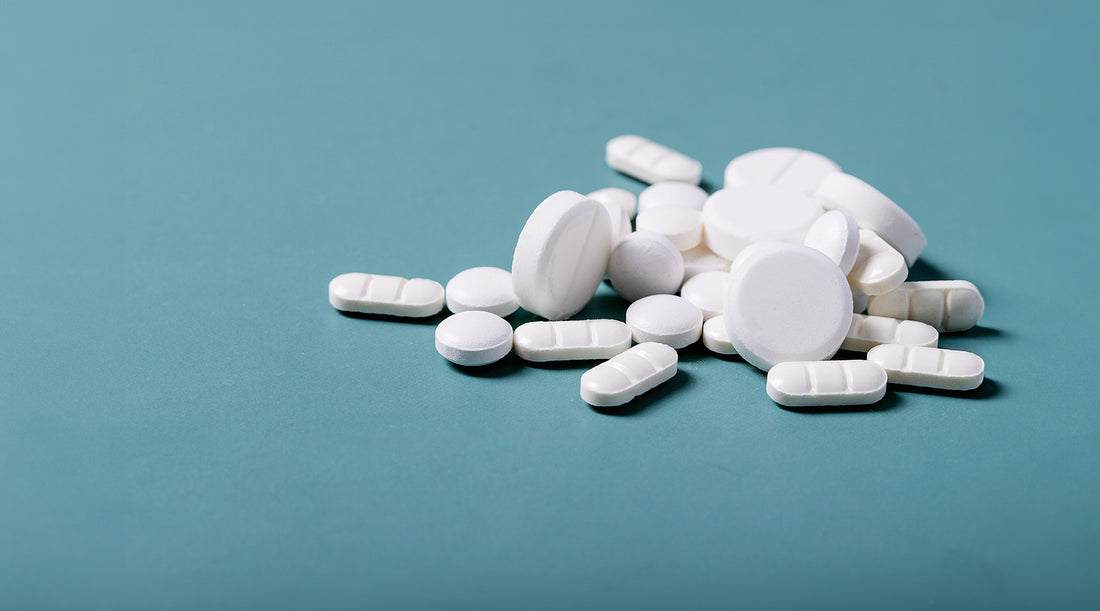
Many preppers know about fish antibiotics, but there are plenty of natural antibiotics you can make or grow yourself.
And yes, it’s true that your doctor can (and will) prescribe antibiotics if you ever get an infection, but there are two problems with relying on drug-based antibiotics.
Number one, they’ll be hard to come by when SHTF.
And number two, there are already a growing number of antibiotic-resistant bacteria aka “superbugs”. Not only are drugs ineffective against superbugs, but they may also be making the problem worst.
And trust me, superbugs are an alarming problem that is quickly becoming widespread. If the health community doesn’t act fast, these microscopic superbugs could trigger a hidden holocaust that threatens all human life.
How to Make Penicillin and Other Natural Antibiotics
The rise of superbugs is directly linked to humanity’s over-reliance on drug-based antibiotics.
There are too many doctors out there who prescribe these powerful drugs willy-nilly, without considering the long-term effects.
Widespread overuse of drug-based antibiotics gives strains of bacteria the chance to develop a resistance.
Now, antibiotics are useful, but getting a prescription should really be a last resort. Instead, more people should consider using natural antibiotics for day-to-day use.
Not only are these natural remedies effective (various civilizations have used natural antibiotics for thousands of years), they can also save you a trip to the hospital which is a literal breeding ground for dangerous bacteria and superbugs.
How Preppers Can Make Penicillin in an Emergency

To be clear, what I’m railing against in this article is the abuse of antibiotics and the resulting increase in drug-resistant superbugs.
Life without any antibiotics would be…pretty short. Millions would risk death from wounds no more serious than a paper cut.
That was the reality before penicillin was first developed in 1928.
After SHTF, we may find ourselves in a similar situation that people faced before 1928. That’s why I want to share the process of making penicillin at home with the readers of this blog.
It’s important to note that making your own penicillin is possible but not easy. It’s not something you should undertake unless you or a loved one is in a truly life-threatening survival situation and there are no other options.
While it’s true that growing penicillin requires basic items like bread and citrus fruit, you’ll also need some equipment and chemicals that you wouldn’t expect to find in your typical bug out bag or survival kit.
Equipment Needed to Make Penicillin
(1) Citrus fruit or cantaloupe rind
(2) Pieces of whole wheat bread
(1) Gram scale
(1) 1-liter glass container
(1) Separator funnel
(1) 750ml Erlenmeyer flask plus non-absorbent plug
(1) pH testing kit
The following chemicals (dissolved in water): Manganese Sulfate (0.044 gm), Lactose Monohydrate (44 gm), Corn Starch (25 gm), Magnesium Sulfate (0.25 gm), Sodium Nitrate (3 gm), Potassium Monophosphate (0.50 gm), Glucose Monohydrate (2.75 gm), Zinc Sulfate (0.044 gm).
On top of all that, you’ll need to make sure that your culture is grown in a completely sterile environment. If the environment isn’t sterile, you risk contamination which could cause bigger problems.
Like I said, this isn’t a simple process by any means, so if you’re interested in easier methods to grow antibiotics feel free to skip this section.
Procedure to Make Penicillin
- First, set out the fruit or rind and let it mold naturally for a few days until it turns a bright bluish-green color.
- Put the flask in an oven for an hour at 315 degrees F to sterilize it.
- Cut the bread into small, ½-inch pieces and put them in the flask.
- Scrape off the mold from step one and place it in with the bread.
- Incubate the flask in a dark area for 5 days. The environment for the flask should be kept at around 70 degrees.
- Now sterilize the 1-liter container and dissolve all the chemical ingredients in 500 ml of cold water. Once this is done, fill up the rest of the container with cold water.
- Test the pH of the solution and use hydrochloric acid to get the pH level to 5.0.
- Sterilize the entire solution similar to the flask in step 2.
- Let the solution cool, then add in the mold from step 5. Allow this new solution to incubate for another 7 days.
- Filter the mixture then adjust the pH of the solution to 2.2 with the hydrochloric acid.
- Mix the solution with ethyl acetate and shake vigorously.
- Let a beaker chill in an ice bath then drain the ethyl acetate into it. Combine with 1% potassium acetate and shake again.
- Give the beaker air and let the ethyl acetate evaporate off.
- If all the steps have been followed correctly, you’ll have penicillin.
A Few Natural Antibiotics
Luckily, there are other, natural antibiotics available that DON’T require you to go full-on Breaking Bad.
The list of natural antibiotics is pretty extensive, but here are just a few of my favorites.

Garlic is probably one of the very best natural antibiotics you can take because it kills pathogens as well as bacteria and viruses without doing any damage to the beneficial gut flora in your body.
Garlic contains many vitamins, nutrients, and minerals and also contains phytochemical allicin which is effective against MRSA.
It’s even possible to infuse olive oil with garlic as a method for treating external infections such as ear infections.
Best of all, unlike penicillin, garlic is simple and easy to grow. In fact, in a SHTF scenario, you can grow garlic using hydroponics or aquaponics.
Honey

Use of honey as an antibiotic dates back to ancient times. Honey contains both hydrogen peroxide and sugar which can help stop the growth of some bacteria.
Raw or Manuka honey are the two forms that offer humans the most health benefits.
You can’t really “grow” your own honey, but you can raise bees and harvest honey from their hive. You can also opt to plant a few bee-friendly flowers in your survival garden to help support local hives.
Many people recommend mixing honey with apple cider vinegar (another natural antibiotic) and water.
Ginger

Fresh ginger is particularly useful for preppers because it has been proven to have an antibiotic effect on food borne pathogens like salmonella.
If food is scarce, you may have to resort to eating items that are a little risky and eating some ginger as well can help protect you from food borne illness.


2 comments
Wait! But how do you USE the natural antibiotics, and what type of infection is each best for? The honey, for instance. What does it treat? (I know it heals ulcers if you take a tablespoonful by mouth every day.) I heard you can use honey topically as well as ingesting it, but that just doesn’t sound right to me. With the ginger, would you use it to make a tea or something? Does it treat things other than stomach ailments and salmonella? Do you know of other natural antibiotics?
Thank you for your time and help! You’re right. The penicillin is way too hard to make! Fish antibiotics are the way to go on that.
Which scientific book is source of this recipe ?